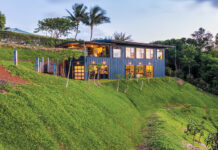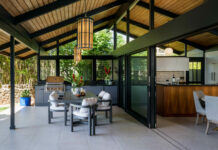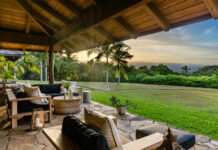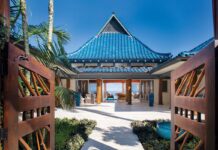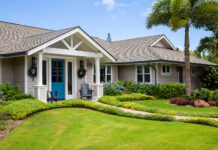Story by Savy Janssen | Photography by Steve Brinkman & Günter Pfannmüller
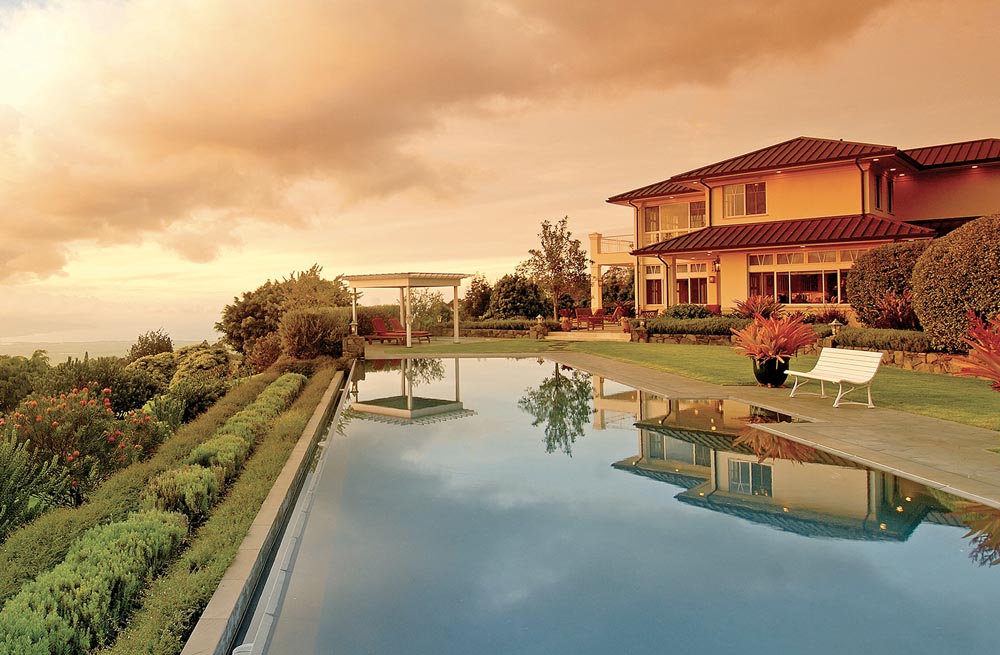
The quiet is intoxicating, even from the driveway. Artfully pruned trees lining the five-plus-acre property seem to shush me as I slowly crest the hill to Ka Mauna Aloha, Marek Lieberberg’s estate in Kula.
“This is the museum of my life and the love of my life reflected in art,” says Lieberberg with a slow smile. Indeed, the property emits a sense of personal reflection, a devotion to creativity and immaculate attention to detail.
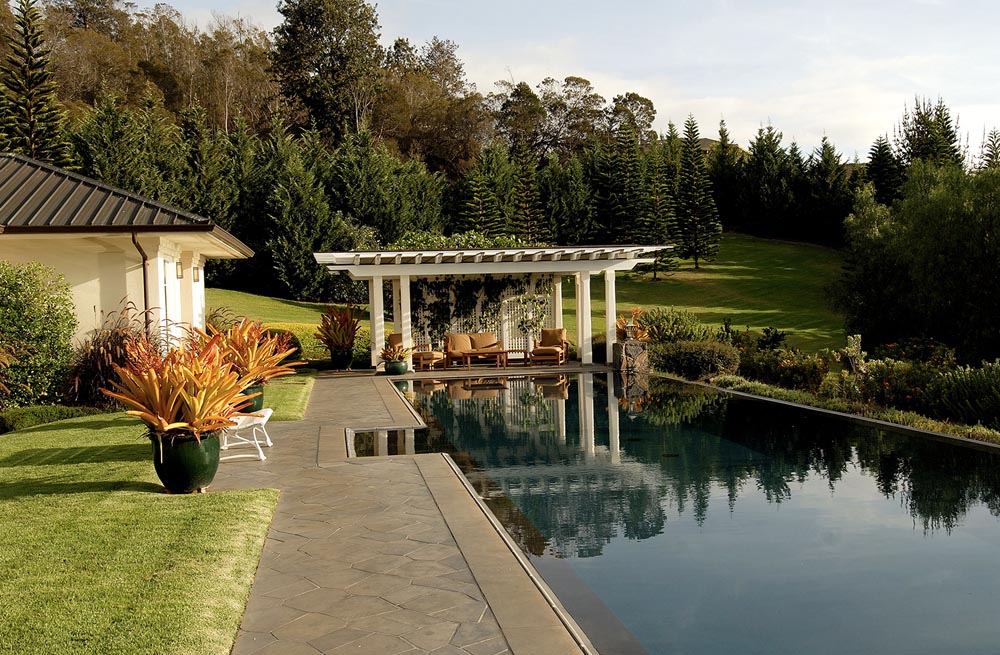
Lieberberg first came to the Islands after asking his travel agent to find a location that was “not too buggy.” That was 30 years ago, and the latter 15 of those years have been spent at Ka Mauna Aloha. Lieberberg and his wife, Ingrid, initially bought property in Wailea. “But the longer we spent there, the more we began to want the privacy, quiet and green, natural beauty of Upcountry,” he says.
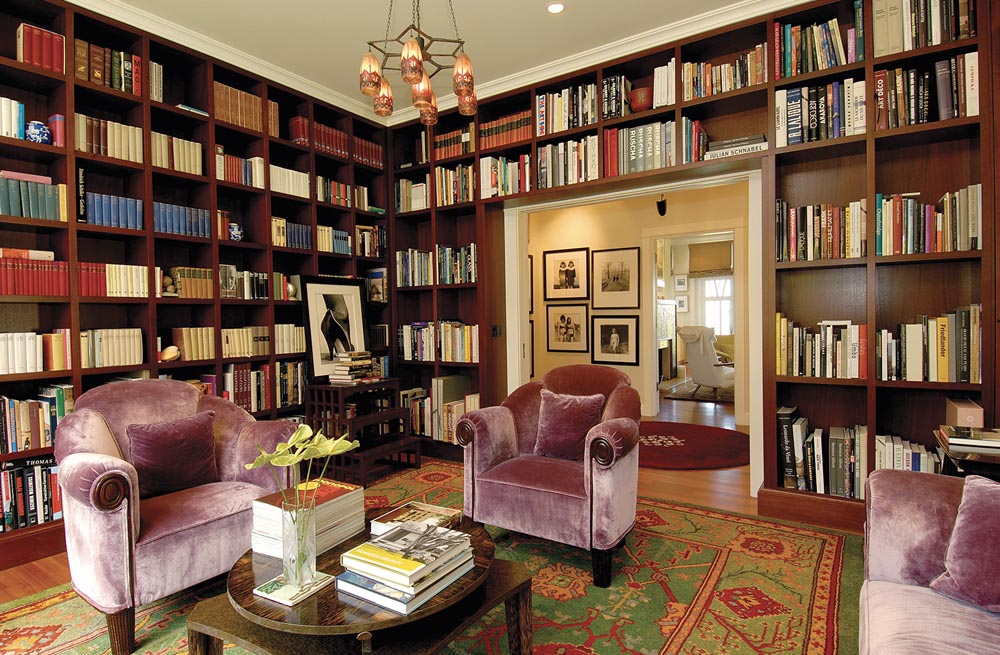
German architect-turned-friend Hans Riecke first showed Lieberberg the property upon which Ka Mauna Aloha now sits; at the time it was nothing but a hillside of brush and vine tangles. Inspired by turn-of-the-century design aesthetics of architects suchas Henry and Charles Greene, the Arts and Crafts movement at large, and Lieberberg’s own inclinations, the custom, 7,261-square-foot residence is a magnificent structure featuring three bedrooms, three baths, two half-baths, a chef’s kitchen, two offices and a library. “This house has patina without being old,” says Lieberberg. “It can pass the test of time, and that is something.”

The interior of the home conveys luxury, with tall ceilings, comfortable rooms and high-end building materials, such as giallo antico marble, African acacia and Jerusalem stone. The kitchen features side-by-side Sub-Zero refrigerators and two Sub-Zero wine coolers, and in the basement — a wall-to-wall wine rack.
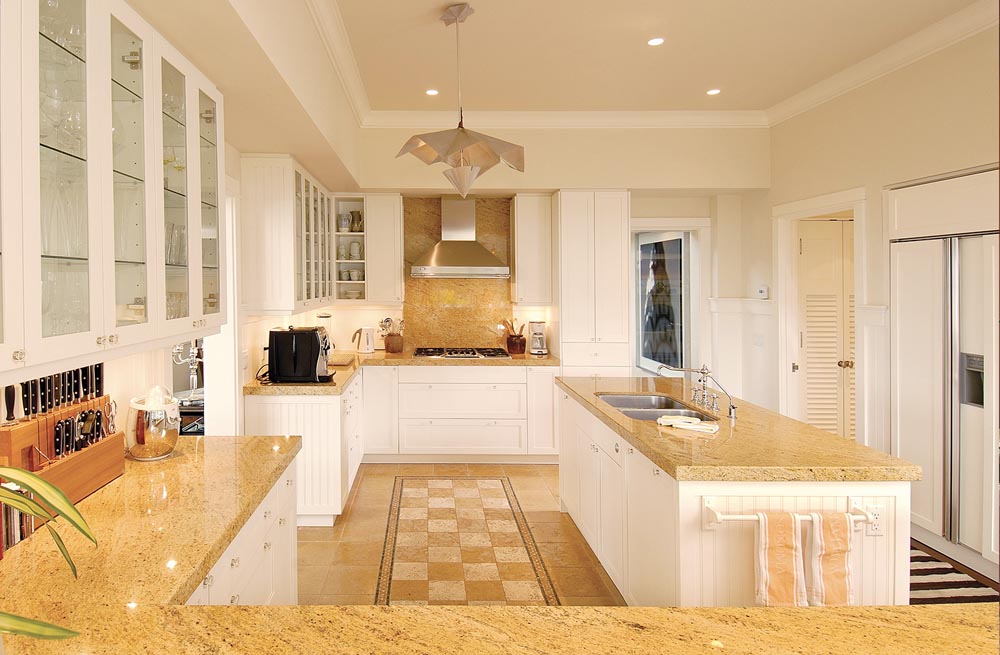
Despite the fine furnishings and handsome details, the house feels uncomplicated. “I wanted something balanced, like an arithmetic equation,” says Lieberberg. Hence, the home was built with two wings — different, yet somehow equal — with onehousing the kitchen and master bedroom and the other accommodating the offices, library and guest rooms. And at an altitude of 2,700 feet, the climate is ideal — another balance: not too hot, not too cold.
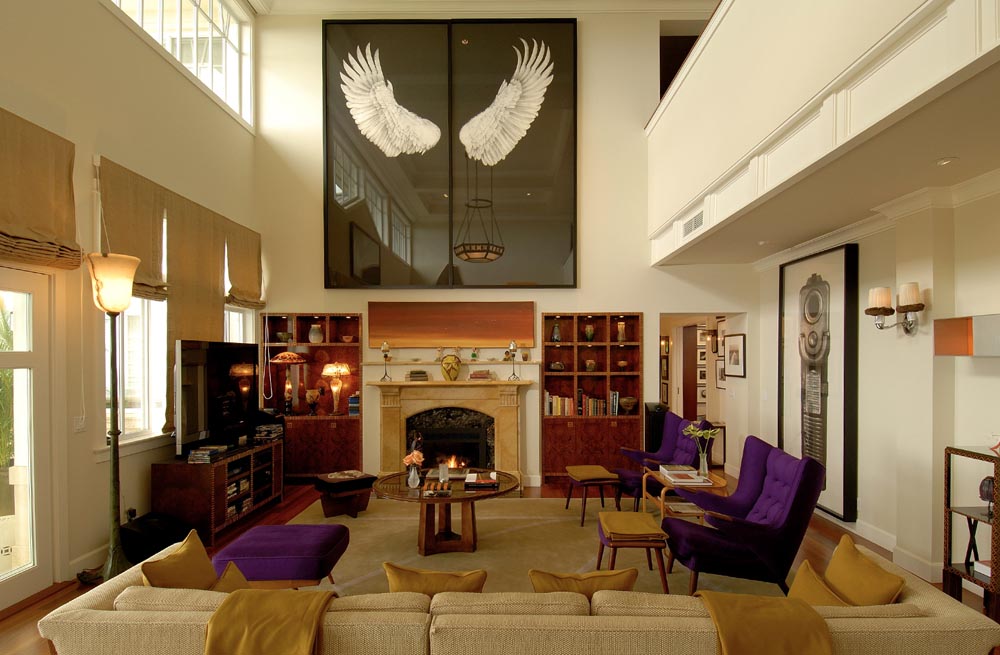
Nature plays a big part in the home’s appeal. Each room has either a coastal or mountain view, and many rooms open to the outdoors. Looking through the glass is like gazing at a painting into which you can actually walk, and in doing so, you are immediately surrounded by greenery, flowers and hundreds of mature trees. Adjacent to the house is a pool complex complete with spa, sauna and hot tub, and a short stroll across the grounds reveals a private yoga studio.
While structures and landscaping play a large role in the appeal of a home, for this estate, the intrigue is not just what was used to create it, but also what adorns it. Ingrid gave her husband his first piece of art — a vase by Koloman Moser — and so began his obsession with collecting. Every item — from plush couches to demure portraits, grand sculptures to tiny trinkets — has been carefully chosen by Lieberberg himself. “I am not guided by an advisor, but by my own fables,” he says. “I am the author of my own story and my own creator.”
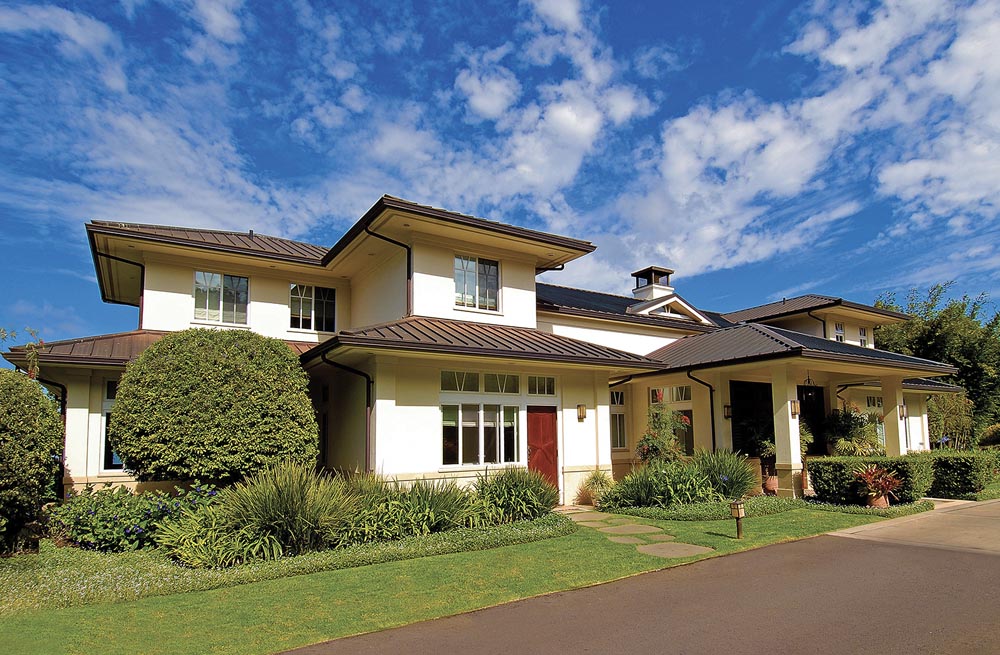
His treasured pieces run the gamut of styles from art nouveau to art deco and everywhere in between, and include works from the likes of émile Gallé, Hector Guimard, émile-Jacques Ruhlmann and Eugene Printz. Color field paintings and conceptual art by Ed Ruscha, John McLaughlin and Carmen Herrera are among the standouts, as are several black-and-white photos by Horst P. Horst, Diane Arbus and Robert Mapplethorpe.
Some of Lieberberg’s art references Hawai‘i, and in fact, the first thing he bought for the estate was an antique poster advertising the 1910 Annual Flower Parade at the Mid Pacific Carnival in Honolulu; the poster now hangs on display in the foyer bath. “I generally refrain from joining the race for the ‘flavor of the moment,’” he says.
Lieberberg stays committed to a piece once he sets his eye on it. (He once waited and negotiated for a table for seven years!) Each piece has a story and a personal connection, making the collection a true “kaleidoscope of personal perspectives and tastes without inhibition.”
This self-contained oasis has been the ultimate place to relax and rejuvenate and drink in the artistic beauty both indoors and out. But after 15 years of blissful ownership, Lieberberg has decided to sell his island Eden. “It has been my privilege to live here,” he says. “Ka Mauna Aloha is unlike anything else. It’s not someone else’s bizarre definition of luxury, [but rather] a life in harmony with art and lavish nature. I created something that I’m proud of and hope it will be regarded as a standard for unique living.”

